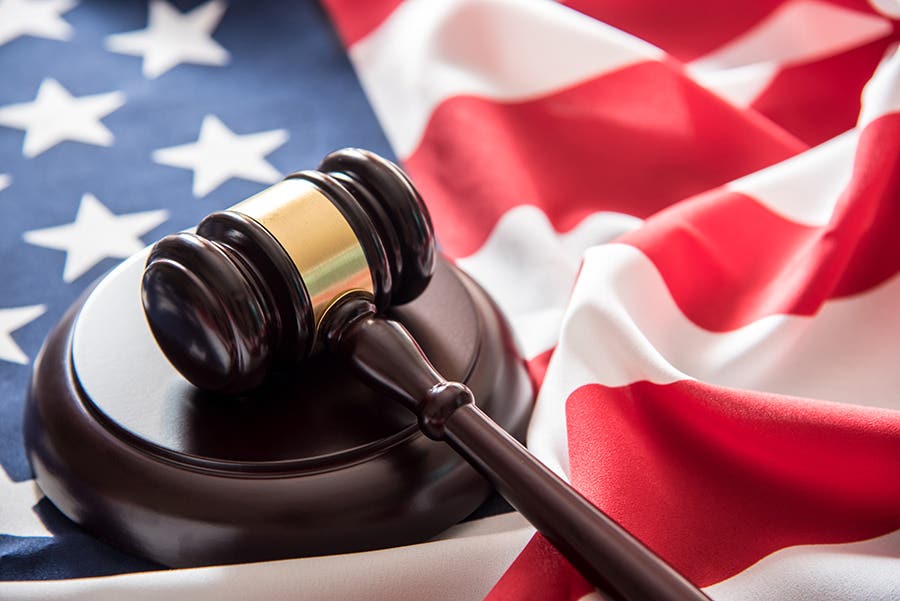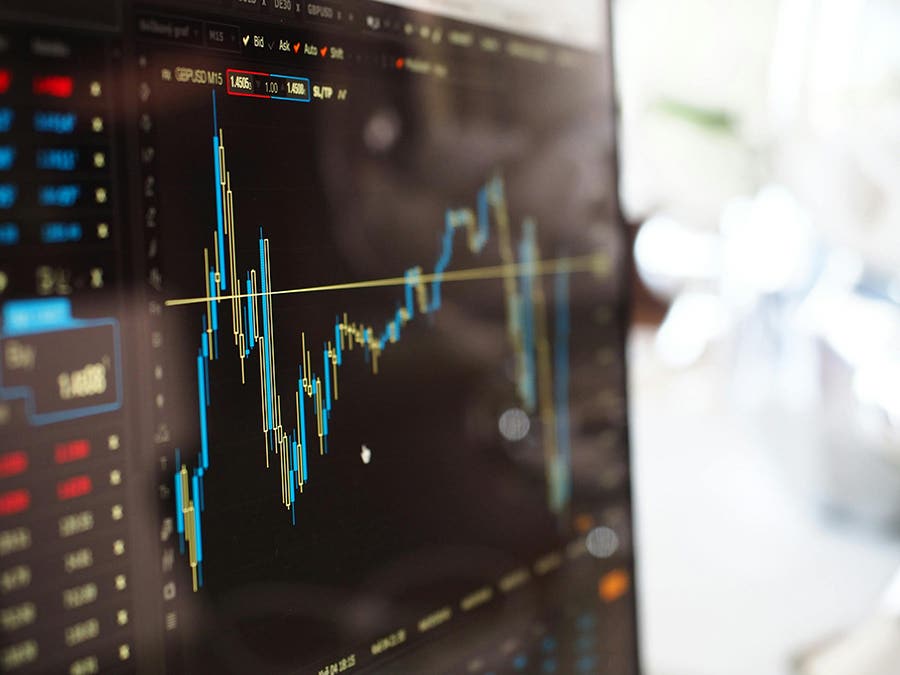Dealers – Sell Customers What You Want to Buy Back
A good rule of thumb for retail sales is to only sell and deliver merchandise that you will want to buy back.
Ideally, a coin dealer can make a profit margin whether buying or selling coins or currency to customers. Dealers should also be ready to make a margin no matter the state of preservation of a coin or note. A dealer may make an even greater margin by both buying and selling the same items with retail customers.
Once purchased, dealers have options on how to turn their inventory back into cash flow.
For low-profit margin coins and currency, you desire fast turnover. If you acquire more of some items than you will likely need to serve your retail customers, and the spread between retail and wholesale prices is small, it makes sense to dispose of the excess quickly to other dealers. That means that when you acquire such inventory, you need to consider the time and cost of disposing of the pieces when determining your purchase price.
For more valuable pieces that do not fit your niche or customer base, you have the options of seeking fast payment by outright sale to another dealer, perhaps trying for a somewhat higher price by consigning it to another dealer who will only pay you if the item sells, or consider submitting your coins or currency to an auction for a longer delay on receiving payment as well as some uncertainty as to how much you will be paid.
Don't sell inventory that you would love to have in stock for your retail customers wholesale or consign it to auction. You really want to sell it to a retail customer. If you sell it to another dealer or through auction, there is almost no likelihood that you will ever get it back. But if you sell it to a retail customer, you have a much better chance that this nice specimen will be offered back to you down the road.
A good rule of thumb for retail sales is to only sell and deliver merchandise that you want to buy back.
Dealers invariably accumulate pieces that are not desired by retail customers, either from excessive wear or damage. Unless you are one of the dealers who specialize in such items, you would be best off seeking to liquidate them to other businesses in the industry so that you never have to see them again. Or, if you have a “junk box” in which to put such items, make sure you accurately describe this merchandise, warts, and all.
As most dealers know from experience, when they are happy to have the opportunity to repurchase desirable coins and currency, they have sold to retail customers, that positive vibe will also likely spread to their customers.
At the company where I work, there is a problem-free common-date circulated Trade dollar that we have bought and sold five times over the decades. It’s almost like an old friend each time we see it.
Also, your customers will be happier doing business with you if they don’t feel that any coin or note you try to sell them may have a negative attribute that they didn’t initially detect. Being upfront about the condition of your stock builds trust with customers and leads to repeat business that adds to the bottom line.
Answer to the Previous Trivia Question
Last week, I asked: The first U.S. coin to depict an actual female was the Queen Isabella commemorative quarter in 1893. However, the image of Isabella was not necessarily correct. What was the first U.S. coin to bear an identifiable likeness of a specific female?
That would be the Susan B. Anthony Dollar, which debuted in 1979.
This Week’s Trivia Question
Which U.S. coin features the name of a foreign business on it? Come back next week for the answer.
Patrick A. Heller was honored as a 2019 FUN Numismatic Ambassador. He is also the recipient of the American Numismatic Association 2018 Glenn Smedley Memorial Service Award, 2017 Exemplary Service Award, 2012 Harry Forman National Dealer of the Year Award, and 2008 Presidential Award. Over the years, he has also been honored by the Numismatic Literary Guild (including twice in 2020), the Professional Numismatists Guild, the Industry Council for Tangible Assets, and the Michigan State Numismatic Society. He is the communications officer of Liberty Coin Service in Lansing, Mich., and writes “Liberty’s Outlook,” a monthly newsletter on rare coins and precious metals subjects. Past newsletter issues can be viewed at www.libertycoinservice.com. Some of his radio commentaries titled “Things You ‘Know’ That Just Aren’t So,” and “Important News You Need To Know” can be heard at 8:45 a.m. Wednesday and Friday mornings on 1320-AM WILS in Lansing (which streams live and becomes part of the audio archives posted at www.1320wils.com).
You may also like:








